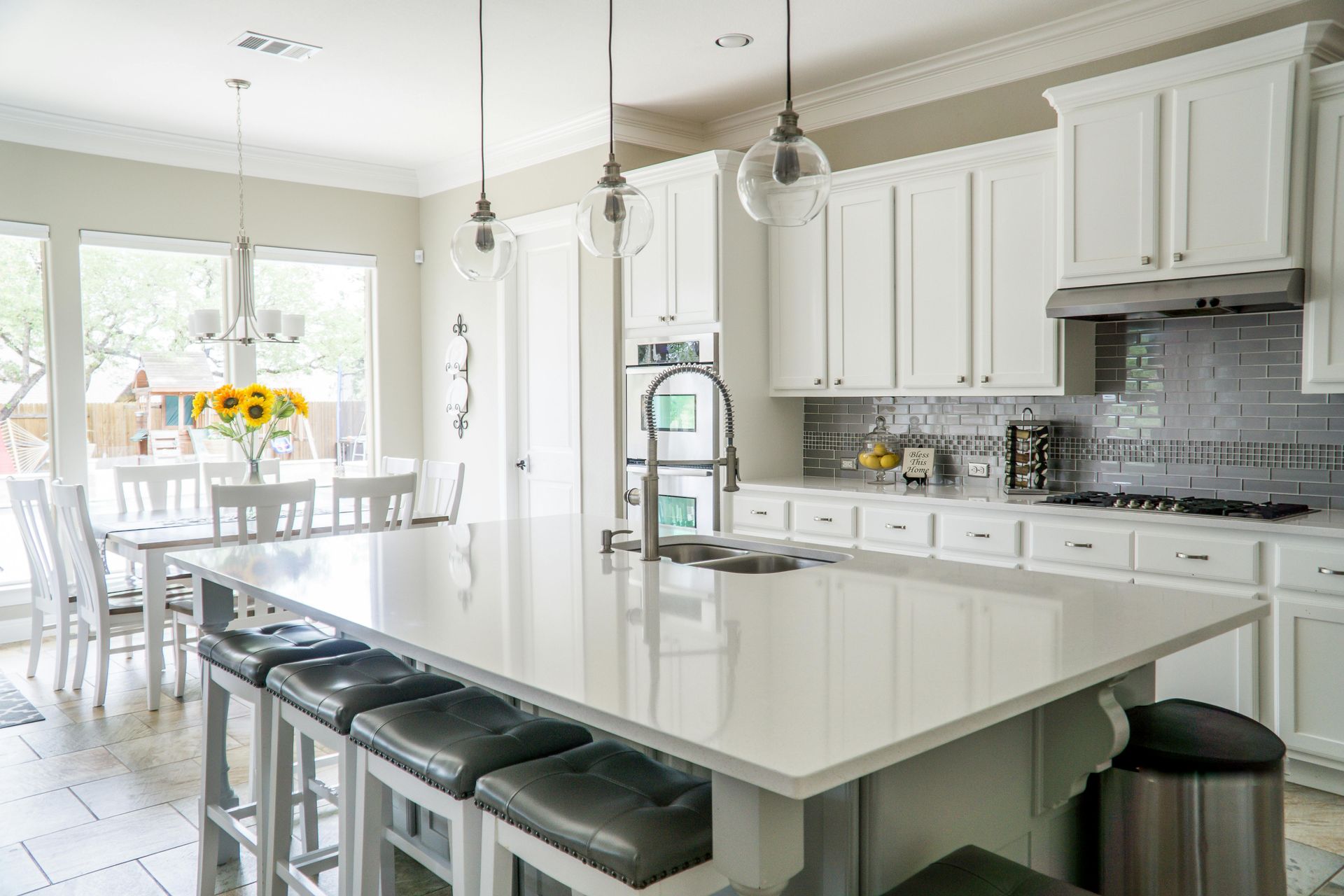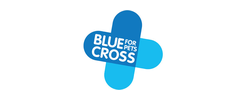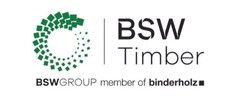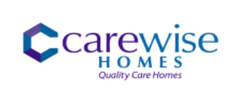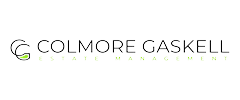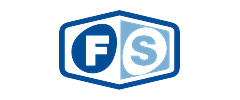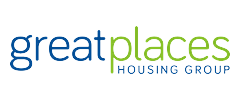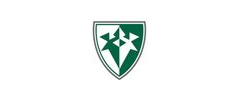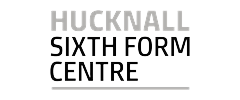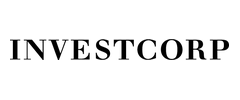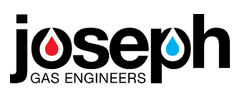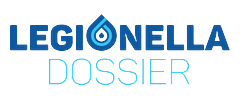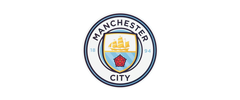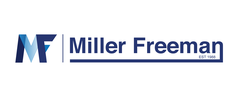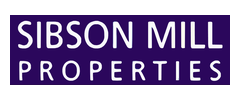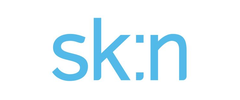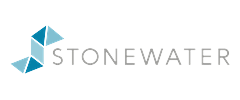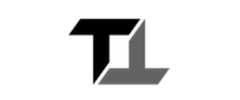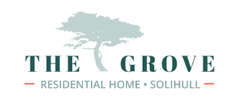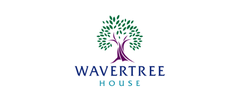Critical Asset Monitoring
Plan, design, install, manage, comply
Awaab’s Law requires landlords to act swiftly and decisively on damp and mould hazards. Our Critical Asset Monitoring Service goes beyond hardware: we provide a fully managed solution that ensures housing providers can detect, respond, and evidence compliance automatically.
Through a combination of smart IoT sensors, integrated data platforms, and intelligent reporting, we give landlords the tools to meet legal obligations, safeguard tenants, and demonstrate proactive management to regulators.
LoRaWAN Gateway
Standard LoRa Gateway
A LoRa gateway is a simple yet powerful solution for connecting multiple sensors across wide areas. LoRa (Long Range) technology ensures reliable wireless communication with low power consumption, making it ideal for distributed assets such as tanks, pumps, and pipework. A standard gateway is cost-effective, easy to deploy, and perfect for standalone systems that require robust connectivity without added complexity.
API Integrated Gateway
For facilities that require advanced integration, the API-enabled gateway allows seamless connection with external software, such as Building Management Systems (BMS) or third-party compliance tools. This provides centralised data visibility, advanced analytics, and automated reporting, helping organisations reduce administrative work and unlock greater value from their monitoring systems. While more expensive, the API gateway is the choice for organisations wanting enterprise-grade integration.
Pipe Surface Temperature
Heating (Boiler)
Monitoring boiler outlet pipes with a surface temperature sensor ensures that heating systems are operating within their intended performance range. Fluctuations or unexpected drops in temperature can quickly highlight issues such as failing components, scaling, or blockages in the heating loop. Early detection prevents downtime and helps reduce energy consumption by ensuring boilers are not overworked. By combining this data with pump activity and flow rates, facility managers can verify system efficiency and plan proactive maintenance.
Hot Water (Calorifier / Cylinder / High Volume Water Heater)
Hot water storage and distribution present one of the greatest compliance challenges for facilities, especially regarding Legionella control. By fitting pipe surface temperature sensors on calorifiers, cylinders, or heaters, managers gain constant assurance that stored water remains within safe temperature thresholds. This data helps confirm pasteurisation cycles, highlight stratification issues, and prove compliance during audits. It also improves user safety by preventing underheating or overheating, protecting against both scalding risks and bacterial growth.
Cold Water (CWST / Mains CW)
Cold water storage tanks and mains supplies can become a hidden risk if water temperatures rise above safe levels. Surface temperature sensors on cold water pipework provide early warnings of elevated temperatures caused by poor insulation, ambient conditions, or system faults. This continuous monitoring prevents stagnation, ensures compliance with health guidelines, and provides evidence that systems remain safe throughout the year, particularly during warmer months.
Indoor Air Quality
Carbon Monoxide (Boiler)
Carbon monoxide is a silent killer: odourless, tasteless, and invisible. By installing IoT carbon monoxide sensors near boiler plant rooms, facilities gain 24/7 protection against leaks or incomplete combustion. The system raises immediate alerts when unsafe levels are detected, protecting staff, residents, or occupants from potentially fatal exposure. Beyond safety, this data can also indicate inefficient boiler combustion, prompting timely servicing and reducing fuel costs.
Humidity (Environment)
Humidity sensors track moisture levels in the environment, a key factor for both occupant comfort and property protection. Persistent high humidity can lead to condensation, damp, and mould growth, damaging buildings and impacting occupant health. Low humidity, on the other hand, can cause dryness and discomfort. By monitoring humidity in real time, building managers can optimise ventilation systems, prevent mould risks, and maintain a balanced indoor climate. This is especially important in healthcare, hospitality, and residential sectors.
Ambient Air Temperature (Environment)
Monitoring ambient room temperatures provides valuable insights into energy use, comfort levels, and system performance. Consistently high or low readings can signal HVAC inefficiencies, poorly insulated zones, or failing equipment. With continuous IoT tracking, organisations can optimise heating and cooling systems, reduce energy costs, and maintain a comfortable environment for occupants. In regulated sectors, this data also provides evidence of compliance with workplace standards.
Pump Power On / Off
Heating (Flow Pump)
Heating pumps circulate hot water from the boiler through the building, ensuring heat reaches all areas consistently. A CT clamp sensor fitted to the pump’s power line confirms whether the pump is running and how it is performing. This real-time feedback allows quick identification of failures such as pump stalls, electrical faults, or circuit issues. By reducing unnoticed downtime, the system ensures consistent heating, prevents occupant discomfort, and reduces energy waste caused by inefficient circulation.
Hot Water (Return Pump)
In hot water systems, return pumps are vital to ensure outlets deliver hot water quickly and consistently. Without active recirculation, water can stagnate in pipes, cool down, and create compliance risks. CT clamp sensors track pump activity to guarantee recirculation is working correctly. This not only improves user experience by delivering instant hot water at taps and showers but also reduces wasted water from users running taps until they heat up, supporting sustainability goals.
Cold Water (Boosted Pump)
Boosted cold water pumps provide sufficient pressure to supply water to outlets in tall buildings or areas where mains pressure is inadequate. Monitoring pump power via CT clamps confirms that these systems are online and functioning as intended. A failure in boosted pumps can cause immediate service disruption, leaving occupants without adequate supply. Real-time monitoring reduces the risk of unnoticed outages and supports proactive maintenance scheduling.
See the Impact for yourself with our Awaab's Law Non Compliance Cost Calculator
Enabling property managers to deliver safer, smarter living spaces
Smarter living through innovation, integration & intelligence
Real-Time
Monitoring
Wireless sensors track water temperature and flow data continuously.
Smart
Flushing Logs
Records every flushing event for compliance documentation.
Customisable
Alerts
Immediate notifications when conditions deviate from safe thresholds.
API Integration
& Analytics
Integrate with BMS or CAFM platforms and unlock powerful trend reporting.
Monthly Compliance Reports
Receive bespoke compliance reports automatically for your records or clients.
Digital Risk
Assessment
Upgrade to a digital-first model of your risk controls—live, dynamic, and data-backed.
To discuss your requirements with one of our experts
Critical Asset Monitoring
Why Awaab’s Law Matters
Awaab’s Law requires landlords to act quickly on damp and mould hazards. Critical Asset Monitoring safeguards compliance by tracking not only environmental risks but also vital building assets such as heating and hot water systems. Early warnings allow faster intervention, improving living conditions for tenants, reducing health risks, and meeting legal obligations with confidence.
Critical Asset Monitoring delivers the data to spot risks early, take timely action, and prove compliance. IoT sensors detect damp and mould conditions before they become hazards, protecting tenants and meeting legal duties.
Awaab's Law Impact Calculator
The Awaab’s Law Impact Calculator shows you the real cost of non-compliance. In just a few clicks, you’ll see how delays in fixing damp, mould, heating, or hot water issues could translate into penalties, risks, and reputational damage. Instead of uncertainty, you get clarity—so you can take action, protect tenants, and keep your organisation on the right side of the law.
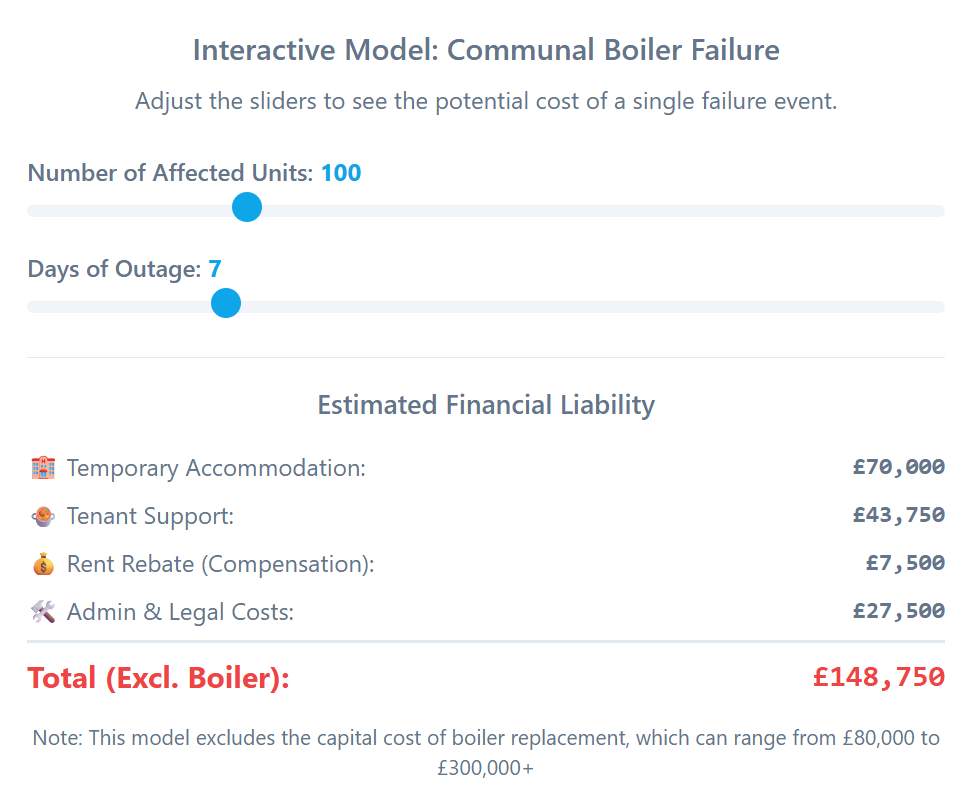
Critical Asset Monitoring
For Landlords who are ready for Awaab's Law Compliance
£99 Monthly - 12 Channels - Major Assets Protected
A Complete Service for Building Compliance
Awaab’s Law requires landlords to act swiftly and decisively on damp and mould hazards. Our Critical Asset Monitoring Service goes beyond hardware: we provide a fully managed solution that ensures housing providers can detect, respond, and evidence compliance automatically.
Through a combination of smart IoT sensors, integrated data platforms, and intelligent reporting, we give landlords the tools to meet legal obligations, safeguard tenants, and demonstrate proactive management to regulators.
What the Service Includes
1. Sensor Deployment & Setup
We install humidity, air quality, temperature, and pump sensors in high-risk areas of your housing stock. Each device is configured and calibrated by our team to deliver accurate, real-time data from day one.
2. Gateway Connectivity
Our LoRa and API-enabled gateways securely connect all sensors to a central platform. This ensures reliable data transfer across blocks, estates, and multiple properties — no reliance on tenant Wi-Fi.
3. 24/7 Monitoring & Alerts
Environmental conditions are monitored continuously, with automatic alerts sent to your maintenance or compliance teams when thresholds are breached (e.g. high humidity, persistent cold spots).
4. Compliance Reporting
All sensor data is securely stored, timestamped, and accessible through our dashboards and reports. This provides a transparent audit trail for regulators, proving compliance with Awaab’s Law requirements.
5. Integration with Housing Systems
For organisations with existing asset management or BMS platforms, we offer API integration. This means monitoring data is fed directly into the systems you already use, creating a seamless workflow.
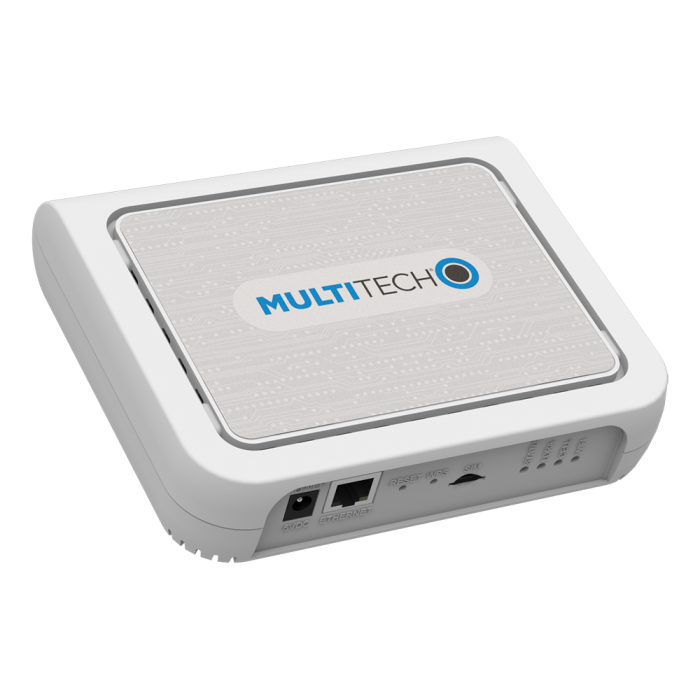
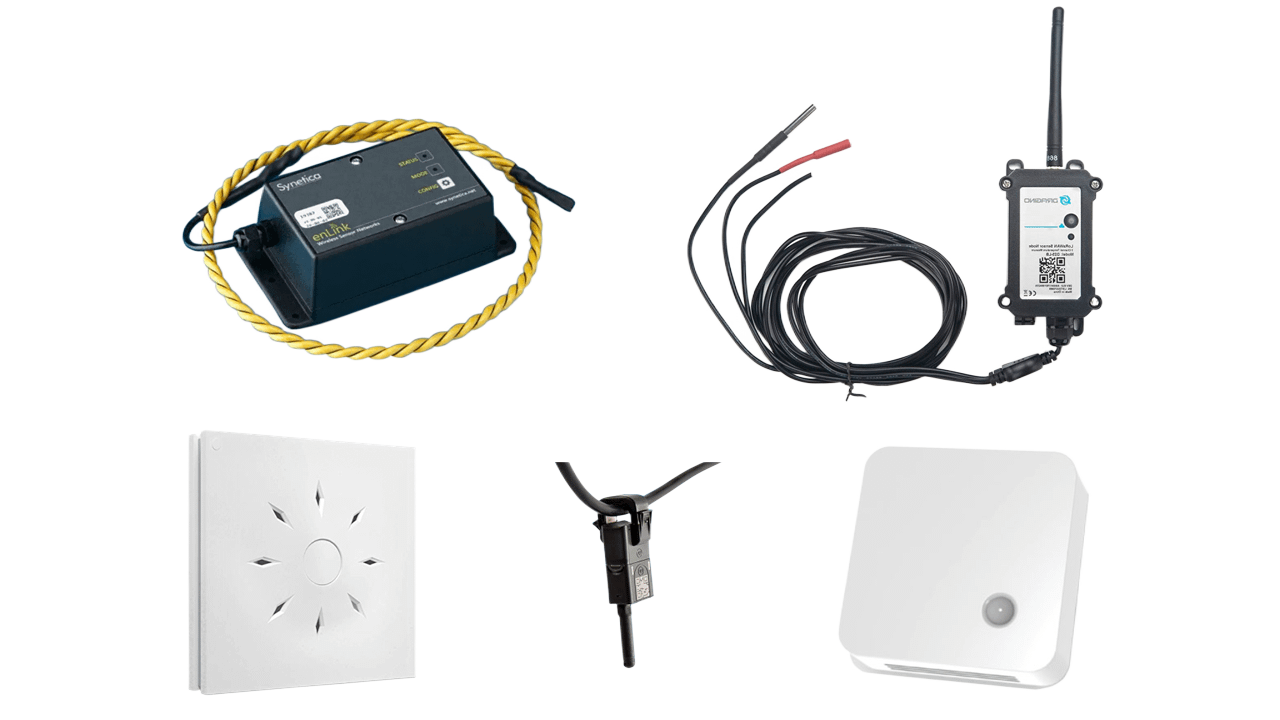
Choose any 12 channels from the available sensors
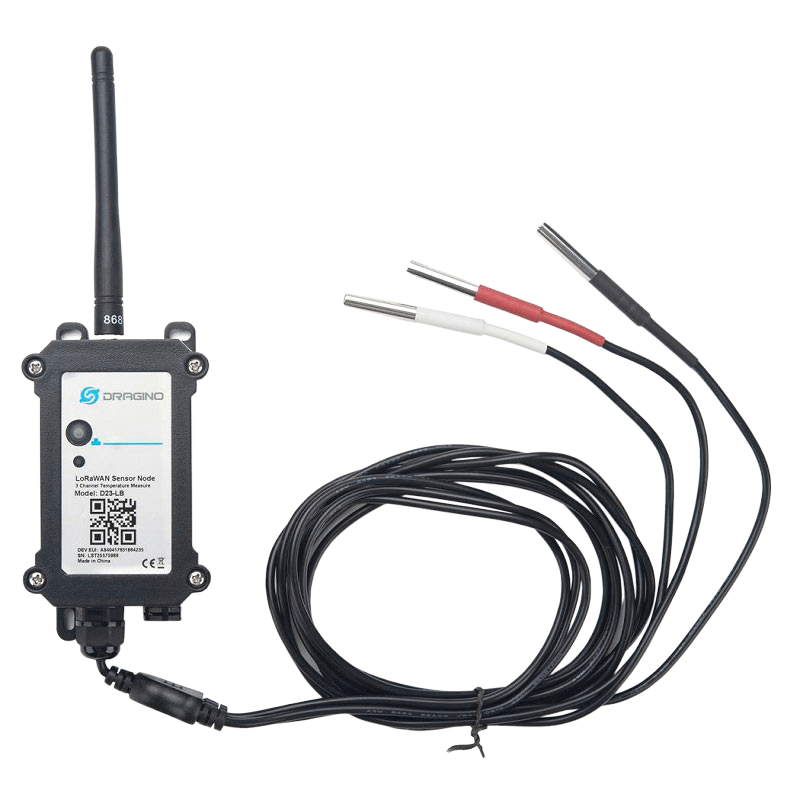

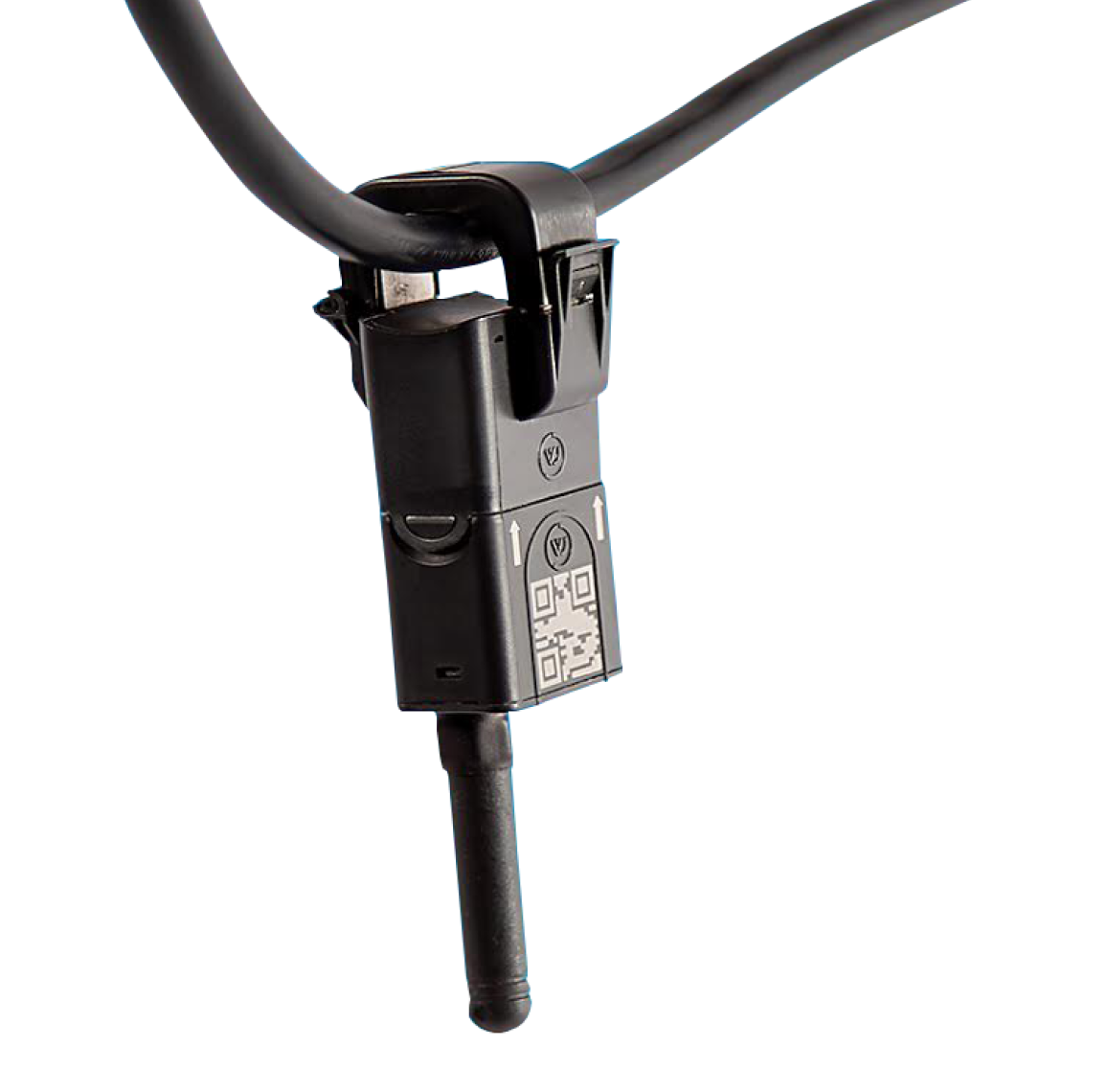
Pipe Surface Temperature
Heating x3 (Boiler(s)) - Flow 1 | Flow 2 | Shared Return
Hot Water x3 (Calorifier(s)) - HW Flow 1 | HW Flow 2 |Shared HW Return
Cold Water x3 (CWST(s)) - CW In | CW Out | Mains
Indoor Air Quality
Carbon Monoxide x3 CO | Humidity | Ambient Air
Carbon Dioxide x3 CO2 | Humidity | Ambient Air
Pump Power On / Off
Heating x1 - Circulation Pump
Hot Water x1 - HW Return Pump
Cold Water x1 - Booster Pump
Critical Asset Configuration Tool
Configure Calculate Comply
Critical Asset Monitoring is an advanced IoT system designed to safeguard your building’s most important plant assets. From boilers and calorifiers to pumps and carbon monoxide levels, it provides continuous oversight and instant alerts the moment issues arise — helping you act before small faults turn into costly emergencies.
By giving you real-time insights into system performance, Critical Asset Monitoring helps you:
- Protect tenants and staff from safety risks
- Prevent unexpected downtime and service disruption
- Reduce maintenance costs and extend asset lifespan
- Stay compliant and avoid regulatory penalties
Use the tool to configure your bespoke monitoring system and instantly find out the cost — so you can see the value before you invest.
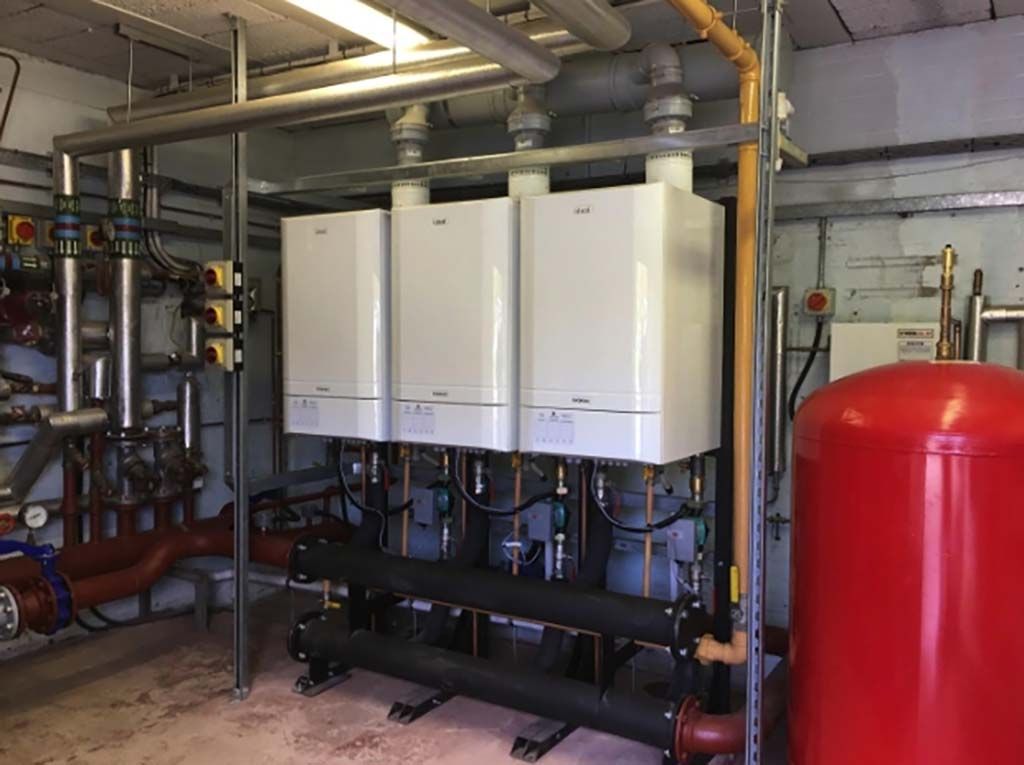
Lets make your
building Smart

Need help detecting critical asset failures before they happen?
We offer expert services, at affordable prices that are just a call away.
Call us on - 01527 362750
What our customers have to say...
REVIEWS
“I can sleep at night knowing that I'm not putting us in any kind of danger”
Andy - Director - Tackle Tidy - Redditch
“It is like having an engineer 24/7 with their hand on the plant”
Richard Thornett - Lead Engineer - BSW Southampton
"The real time data allowed us to make several minor adjustments and changes to achieve satisfactory temperatures throughout the property that would not normally be picked up."
James Shaw - Director - Miller Freeman
“It gives us a good hold on monitoring the whole system”
Brendon Moylan - Property Manager - Oakfield Community
“I can sleep at night knowing that I'm not putting us in any kind of danger”
Andy - Director - Tackle Tidy - Redditch
“It is like having an engineer 24/7 with their hand on the plant”
Richard Thornett - Lead Engineer - BSW Southampton
FACEBOOK REVIEWS
Jon fixed some lighting issues that I couldn't handle on my own. He was professional, courteous and worked quickly. Jon fixed some lighting issues that I couldn't handle on my own. He was professional, courteous and worked quickly.
Mike T.
Jon fixed some lighting issues that I couldn't handle on my own. He was professional, courteous and worked quickly. Jon fixed some lighting issues that I couldn't handle on my own. He was professional, courteous and worked quickly.
Oliver K.
Jon fixed some lighting issues that I couldn't handle on my own. He was professional, courteous and worked quickly. Jon fixed some lighting issues that I couldn't handle on my own. He was professional, courteous and worked quickly.
Sara J.
Jon fixed some lighting issues that I couldn't handle on my own. He was professional, courteous and worked quickly. Jon fixed some lighting issues that I couldn't handle on my own. He was professional, courteous and worked quickly.
Mike T.
Jon fixed some lighting issues that I couldn't handle on my own. He was professional, courteous and worked quickly. Jon fixed some lighting issues that I couldn't handle on my own. He was professional, courteous and worked quickly.
Oliver K.
